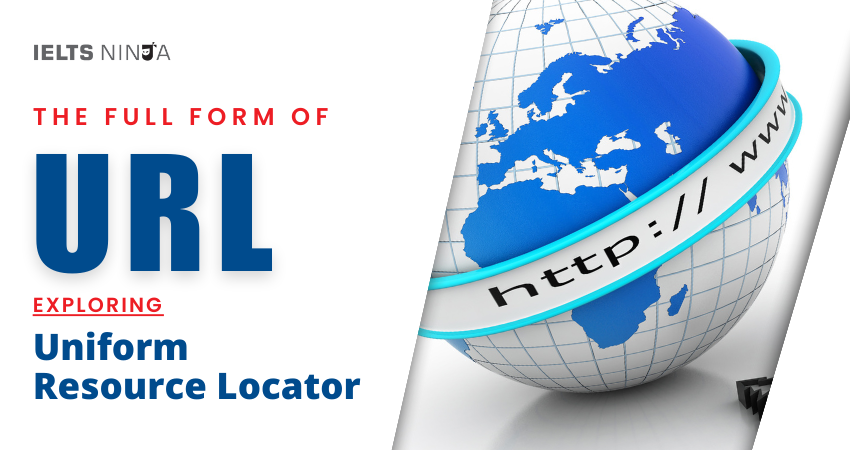In the digital age, the full form of “URL” stands for “Uniform Resource Locator.” URLs are the web addresses that we use every day to access websites and online resources. They are the building blocks of the internet, enabling us to navigate the vast world of information on the World Wide Web. In this comprehensive guide, we will explore the details of URLs, their structure, and their essential role in web browsing.
What is a URL?
A Uniform Resource Locator (URL) is a web address used to specify the location of a resource on the internet. It serves as a link or reference to access web pages, documents, images, videos, and other online content. URLs are essential for web browsers to locate and retrieve information from web servers.
Structure of a URL
A typical URL consists of several components:
- Scheme: The scheme specifies the protocol used to access the resource. Common schemes include “http,” “https,” “ftp,” and “mailto.”
- Domain Name: The domain name (or hostname) identifies the web server where the resource is located. It can be a human-readable name, like “www.example.com.”
- Port: The port number, if specified, indicates the specific port on the web server to use for the connection. It is often omitted and defaults to a standard port based on the scheme (e.g., 80 for HTTP, 443 for HTTPS).
- Path: The path defines the specific location or directory on the web server where the resource resides. It follows the domain name and is separated by slashes.
- Query: The query component, if present, contains parameters used to modify the resource’s behavior or content. It is preceded by a question mark.
- Fragment: The fragment identifier, if included, points to a specific section within the resource, such as an anchor or a specific part of a webpage. It is preceded by a hash symbol (#).
Examples of URLs
Here are some examples of URLs:
- https://www.example.com: This URL uses the “https” scheme to access the web server “www.example.com.”
- ftp://ftp.example.net: This URL specifies an FTP (File Transfer Protocol) connection to the server “ftp.example.net.”
- https://www.example.com/products/index.html: This URL points to a specific HTML file named “index.html” located in the “products” directory on the server “www.example.com.”
- https://www.example.com/search?q=url: This URL includes a query parameter “q” with the value “url,” indicating a search operation.
- https://www.example.com#section3: This URL has a fragment identifier “#section3,” directing the browser to a specific section of the webpage.
Also Read: Best online IELTS coaching & training academy
Significance of URLs
Uniform Resource Locators are of paramount significance for several reasons:
Web Navigation:
URLs are the addresses that users enter into web browsers to access websites and online resources, making them essential for web navigation.
Linking:
URLs are used for linking between web pages, allowing users to navigate seamlessly between different parts of the internet.
Resource Identification:
URLs uniquely identify and locate resources on the web, enabling browsers to retrieve and display content.
Bookmarking:
Users can bookmark URLs to save and revisit their favorite websites and pages.
SEO and Marketing:
URLs play a role in search engine optimization (SEO) and digital marketing strategies, affecting a website’s visibility and user experience.
Security:
Understanding the structure of URLs is crucial for identifying potential security threats, such as phishing attempts.
Conclusion
Uniform Resource Locators (URLs) are the digital addresses that facilitate our journey through the World Wide Web. Their structured format enables us to access websites, documents, and multimedia content effortlessly. As an integral part of web browsing, URLs are not only practical but also fundamental to the interconnected nature of the internet.








